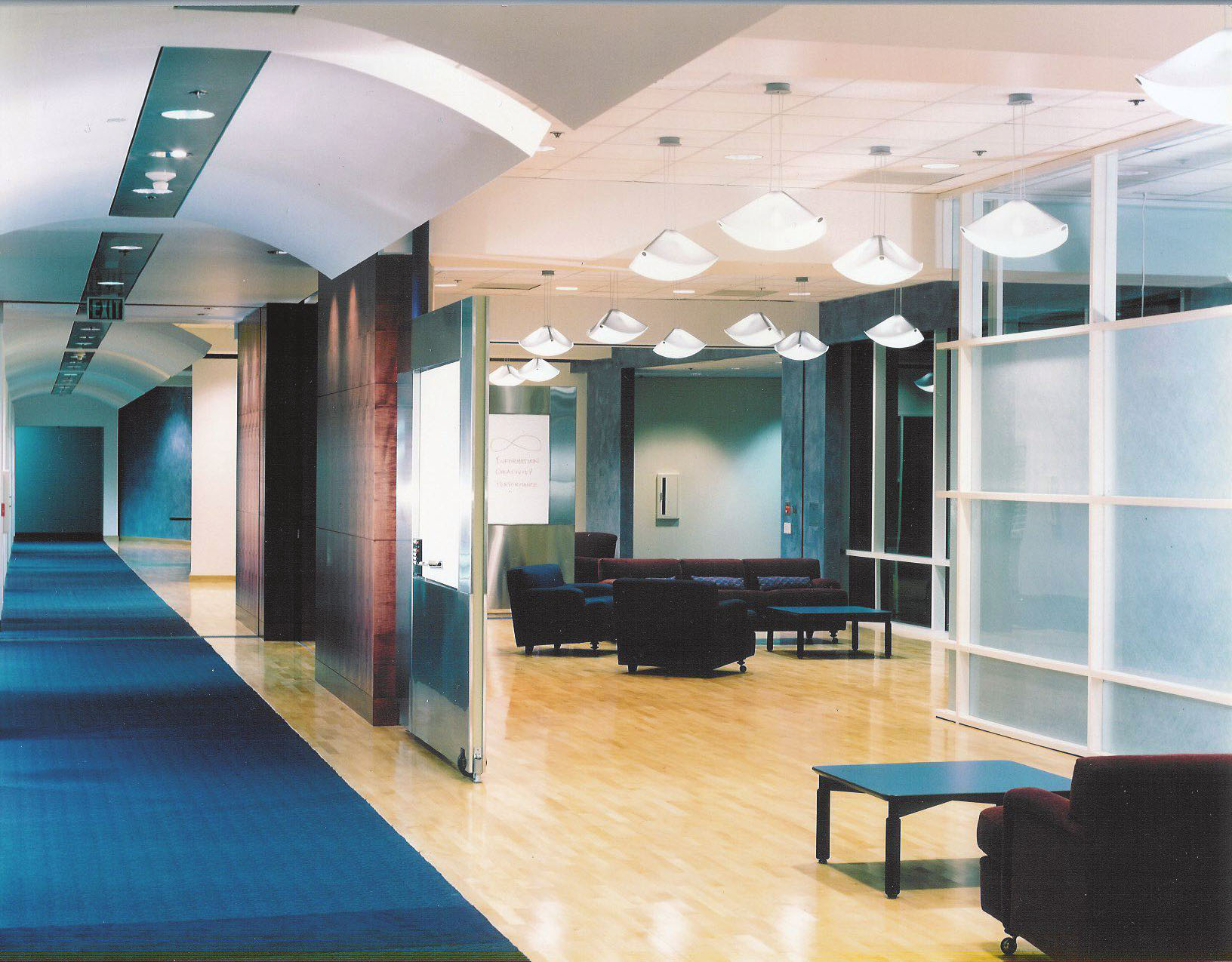
How Apple’s Past Design Plans Inform Future Workplace Solutions
In an interview with GlobeSt.com, Robin Weckesser, president of a3 Workplace Strategies, gives us a behind-the-scenes look at his integral part during construction of the original headquarters at One Infinite Loop in the early 90s.
Robin Weckesser, president and founder of a3 Workplace Strategies, a workplace consulting group based in San Jose and serving companies throughout the US and worldwide, recently chatted with GlobeSt.com and provided a behind-the-scenes look at his integral part during construction of the original headquarters at One Infinite Loop in the early 90s and how Apple’s past design plans informed future workplace solutions.
GlobeSt.com: The news about Apple Park, Apple Computer’s new Cupertino headquarters, 28-million-square-foot campus that cost an estimated $5 billion and houses about 15,000 workers, has been well-documented. So has news about Apple’s plans to develop another 4.1 million SF in North San Jose. A largely untold story, however, is how Apple’s original headquarters in Cupertino affected not only the design of Apple Park but also laid the groundwork for many other alternative workplace plans. Robin, what role did you play?
Robin Weckesser: I worked at Apple from 1982–1994, which was the opening of Apple’s original headquarters, One Infinite Loop. I had the distinct honor of managing the interior design and construction of the project—an 850,000 square-foot corporate campus in Cupertino—from 1991–1994.
GlobeSt.com: Who were other key players on your team?
Weckesser: As the senior project manager, I managed four of Apple’s project managers and worked closely with Apple’s VP of Facilities, as well as Apple’s research and development senior management team. Also vital to our team were the additional consultants required to design and construct the interiors of the campus. This included four interior architectural firms, along with additional consultants, furniture suppliers, etc.
GlobeSt.com: What did the project consist of?
Weckesser: The project assignment was to collaborate with Apple’s R&D organization to design and construct the interiors of the campus. The goals were to develop an interior solution that supported the product development process, facilitated team interaction and communication, improved time to market, productivity, and enhanced the bottom line. The first step was to understand and audit how the R&D engineering team worked. To do this, we needed to understand what they did, how they did it, how and who they communicated with, and the types of spaces they needed to support their work process. We began by interviewing the engineering team from bottom to top to understand how they interacted and performed their tasks. We also looked outside of Apple to learn about best practices at other technology companies like Nike and IBM. We met with all the major furniture manufacturers to hear their take on the future of the workplace. We also engaged with academia to discuss the workplace, its role within the organization, its internal messaging and brand support, as well as its ability to support attraction and retention.
After completing this due diligence, including gathering input from industry analysts, we partnered with Gensler to develop workplace prototypes, the result of which was the presentation of a customized workplace plan that mapped out different work settings to support the product development process at Apple. After securing the buy-in of Apple’s Sr. Executive Team, the final step was implementation. This included construction management, project oversight, scheduling, managing the budget and a myriad of details, and the ultimate delivery.
GlobeSt.com: This project has been considered ground-breaking in the industry. In what way did you and your colleagues serve as pioneers and pave the way to future workplace transformation?
Weckesser: What was groundbreaking about this work was the process, the level of understanding of the R&D team’s work process. There was a strategic and a tactical component to our work. First, we believed that we needed to understand the client’s work patterns and communication behavior in order to appreciate the product development process. Up to that time, this level of strategic planning and critical workforce assessment weren’t considered upfront; now, it is commonplace and accepted as the way to provide a framework for creative, customized workplace solutions.
Armed with our fact-finding intelligence, we were well-positioned to plan a unique “hybrid” environment that went beyond Apple’s longtime reliance on cubicles. This included private space along with collaborative areas with adjoining lab spaces. Actually, this approach triggered the trend toward the open office and a blend of work settings that is so prevalent today.
What resonates most about this project is that it happened 24 years, but the process we initiated lives on today, not only impacting the shape of Apple’s spaceship campus but countless other workplaces in the Bay Area and beyond.
GlobeSt.com: Looking ahead, where do you see the industry moving in terms of workplace evolution?
Weckesser: More than ever before, workplace transformation is critical to corporations thriving and sharpening their competitive edge. This involves recruiting and retaining top talent, facilitating collaboration, increasing productivity, and enhancing the bottom-line. Increasingly, companies are seeking live-work-play environments that blur the lines of office and home. These environments must take into account the different needs of multiple generations—ranging from Baby Boomers to Gen Z—and strive to find a common ground that promotes a collective culture and builds a strong brand. We will need to plan ahead to meet the demand for more tenant amenities, including virtual work options, wellness programs, sustainability, and continuing advances in technology like artificial intelligence.
GlobeSt.com: How can project managers help companies succeed?
Weckesser: Today’s contemporary project managers need to see the big picture and apply innovative as well as pragmatic solutions. This holistic approach will become more and more important in the years ahead. It’s all about a workplace that works, not just a workplace.
 Robin Weckesser is the president and founder of a3 Workplace Strategies, a workplace consulting group based in San Jose and serving companies throughout the United States and worldwide. The firm provides a full range of project management and facilities management services, including strategic planning, change management, site selection, design, construction, and relocation oversight, space programming, and open office/collaborative environments. For more information, visit a3workplacestrategies.com or email Robin at rweckesser@a3workplace.com.
Robin Weckesser is the president and founder of a3 Workplace Strategies, a workplace consulting group based in San Jose and serving companies throughout the United States and worldwide. The firm provides a full range of project management and facilities management services, including strategic planning, change management, site selection, design, construction, and relocation oversight, space programming, and open office/collaborative environments. For more information, visit a3workplacestrategies.com or email Robin at rweckesser@a3workplace.com.




Sorry, the comment form is closed at this time.